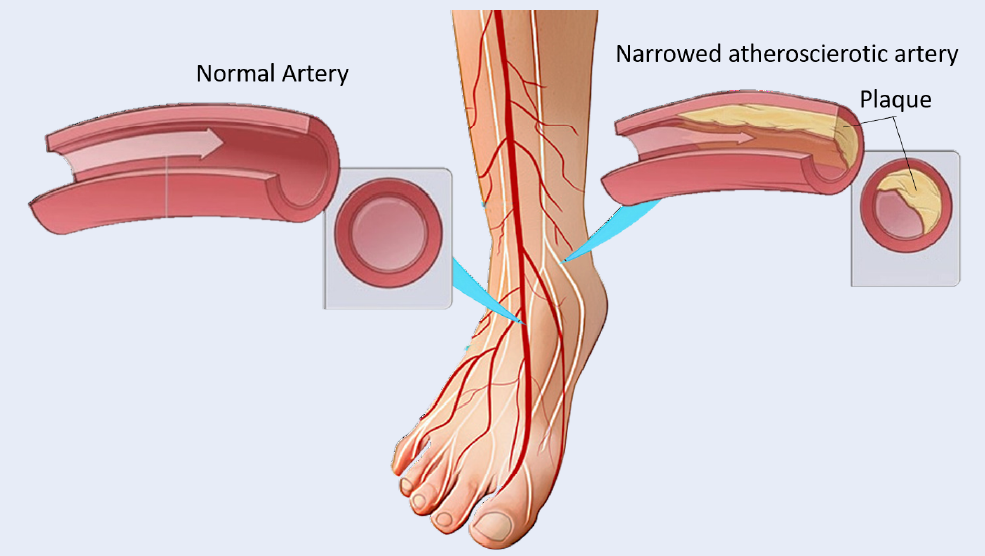Benefit of Foot Thermogram Analysis in the Treatment of Diabetic Foot Ulcer: A Systematic Review
DOI:
https://doi.org/10.15419/bmrat.v9i5.737Keywords:
Diabetes Mellitus, Foot thermograms, Foot ulcer, Thermal image analysisAbstract
Introduction: Foot thermograms depict vascular distribution among foot regions with a spectrum of thermal values. Infrared thermography (IRT) is used to explore challenges in diagnosing complications that involve temperature differences.
Problem Statement: It is crucial to identify underlying diabetic ulcers in the foot plantar regions, which are typically missed in photographic images. Early detection of ulcer onset can reduce healing time and treatment costs; thus, IRT plays a vital role in identifying early-stage ulcers by detecting vascular changes. This systematic review aimed to identify studies of thermography in foot ulcer diagnosis, including analysis techniques, extracted features, and scores among patients.
Method: A literature search was conducted in PubMed and Scopus databases to identify relevant articles published within the last 10 years. The main criteria for the search results were articles in English with abstracts, and full articles that examine the relationship between diabetes mellitus (DM), foot ulcer and thermography among DM patients.
Results: The search identified 2,215 articles, with only 8 studies meeting the inclusion criteria. Foot thermograms were used to identify foot ulcer regions associated with temperature differences. The studies included parameters such as ankle brachial index (ABI), toe brachial index (TBI), age, sex, duration of diabetes, and type of diabetes for statistical analyses to verify the validity of temperature difference data in asymmetrical analysis.
Conclusion: Further interventional studies should be conducted to investigate foot IRT in patients with DM, as a variation in temperature differences may challenge the validity of foot thermograms in foot ulcer grading.

Published
Issue
Section
License
Copyright The Author(s) 2017. This article is published with open access by BioMedPress. This article is distributed under the terms of the Creative Commons Attribution License (CC-BY 4.0) which permits any use, distribution, and reproduction in any medium, provided the original author(s) and the source are credited.
